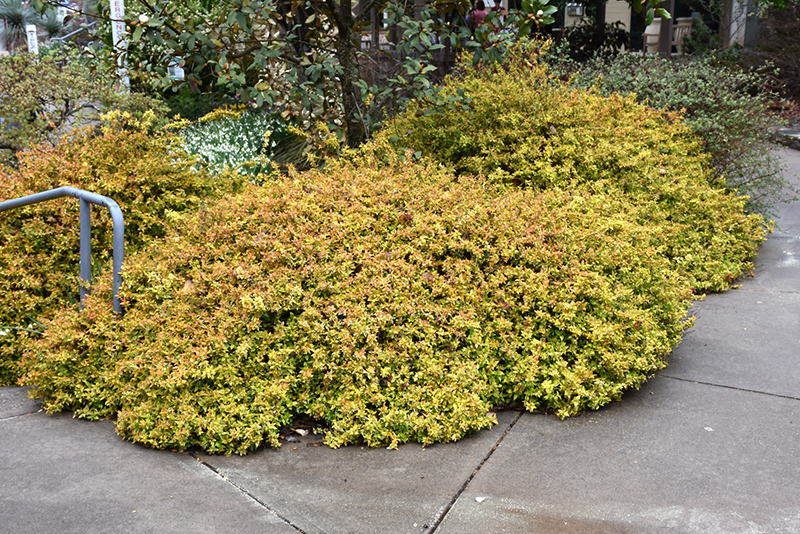

In order for Abelia to give their maximum performance, certain fertilization requirements must be met. How do I fertilize Kaleidoscope Abelia?Ībelia is one of the easiest to grow and one of the most underused ornamentals available today. Its better to leave a one inch gap of space between the mulch and the stem or trunk of the Kaleidoscope Abelia. A 2 to 3 inch layer of mulch is sufficient but remember to take care not to cover any part of the stem of the plant with mulch. Mulching helps to keep weeds away which will compete with your new investment for water and nutrients. Any type of mulch will do but cypress or hardwood mulch will be of a higher quality and provide better nutrition overall as they breakdown. We highly recommend that you mulch your Kaleidoscope Abelia with either a ground hardwood mulch or a ground cypress mulch depending on your local availability. Soaker Hoses can also be used to water when planting a long hedge. can be used to help aid in this process and also provide plants with a good soaking due to the slow release of the water into the root-zone of the plant. Water using the counting method for the first few weeks. Check the plant daily for the first week or so and then every other day there after. For example a one gallon pot would be watered until you count to 5 a three gallon pot would be 15 and so on. A general rule of thumb is to count to 5 for every one gallon of pot size. Most of the water you put on the plant at first will run away from the plant until the soil is soaked. How do I water my Kaleidoscope Abelia Shrub?Īfter back filling and lightly compacting the 50/50 mix of existing soil and compost give the Kaleidoscope Abelia a good deep watering.
#Kaleidoscope abelia install
We love this product and use it on all plants we install in our own gardens. It creates a barrier between the roots of the plant and fungus and pathogens that can cause root rot. Bio-tone starter fertilizer is a great starter fertilizer that provides plants with mycorrhizae fungus. A good rule is that you should still be able to see the soil the plant was grown in after back-filling the hole. The most common cause of plant death after transplanting is planting the new plant too deep.

Adding compost or topsoil will help the young roots to spread through the loose, nutrient rich soil, much easier. We do not recommend using straight topsoil or compost as a back-fill soil for Kaleidoscope Abelia because more times than not these products will retain entirely to much moisture and will cause the root system to rot. Depending on the quality of your existing soil you may need to add a locally sourced compost or topsoil to the back-fill soil.
#Kaleidoscope abelia full
A position in full sun brings out the most vibrant color changes in the leaves, and the best flower display throughout its long season of bloom.Dig a hole twice as wide as the root system but not deeper. Abelia 'Kaleidoscope' is an easy to care for versatile plant, which is frost, drought and heat tolerant, as well as deer-resistant. By late spring, the entire shrub is covered with soft-pink buds that open to white blooms. The winter foliage hangs on better than other abelias.Ībelia 'Kaleidoscope' is reported to be the longest-blooming of all the abelias. In fall the foliage color deepens to shades of orange and fiery red. The variegated leaves do not burn or scorch in the hottest of weather. When summer arrives, the yellow-edged, green leaves turn golden. In early spring the leaves emerge on bright-red stems, displaying lime-green centers and bright-yellow edges.

The leaf variegation of 'Kaleidoscope' is colorful and dramatic, changing with each season thoughout the year. 'Kaleidoscope' Abelia is an amazing, color-changing plant, with versatile and easy-care attributes.


 0 kommentar(er)
0 kommentar(er)
